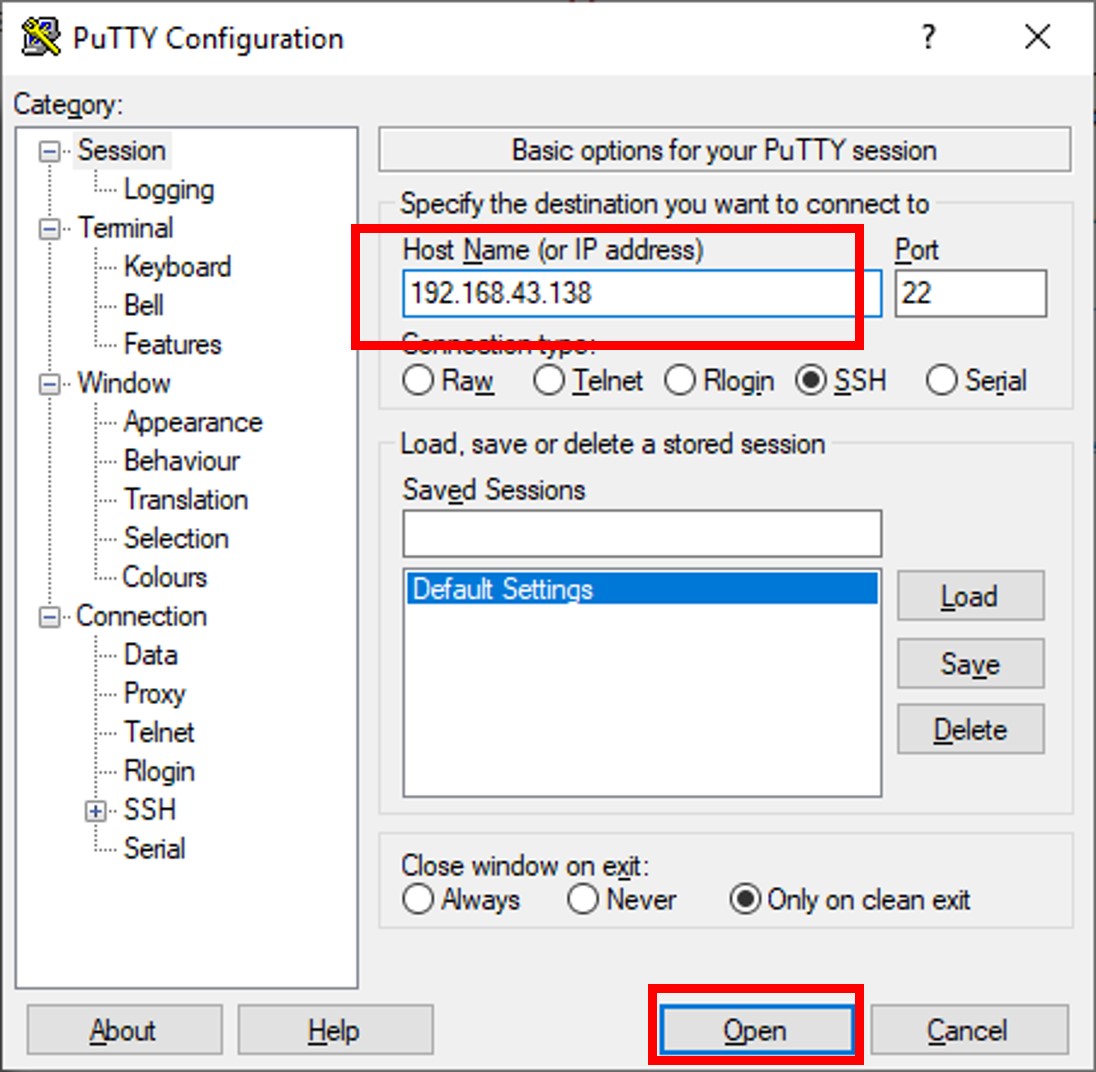

Install Virtual Environments in Jupyter Notebook 04. Install and Manage Multiple Python Versions 02. Install the Python Environment for AI and Machine Learning Mac: 01.

Install Virtual Environments in Jupyter Notebook 05. Install the NVIDIA CUDA Driver, Toolkit, cuDNN, and TensorRT 03.

Install Ubuntu Desktop With a Graphical User Interface (Bonus) Windows 10: 01. Install the Python Environment for AI and Machine Learning 07. Install Virtual Environments in Jupyter Notebook 06. Install the NVIDIA CUDA Driver, Toolkit, cuDNN, and TensorRT 04. Install and Manage Multiple Python Versions 03. Install Windows Subsystem for Linux 2 02. Install the Python Environment for AI and Machine Learning WSL2: 01. It also includes articles that contain instructions with explanations and screenshots to help readers learn about what’s happening. It includes articles that contain instructions with copy and paste code and screenshots to help readers get the outcome as soon as possible. This article is part of a mini-series that helps readers set up everything they need to start learning about artificial intelligence, machine learning, deep learning, and or data science.


 0 kommentar(er)
0 kommentar(er)
